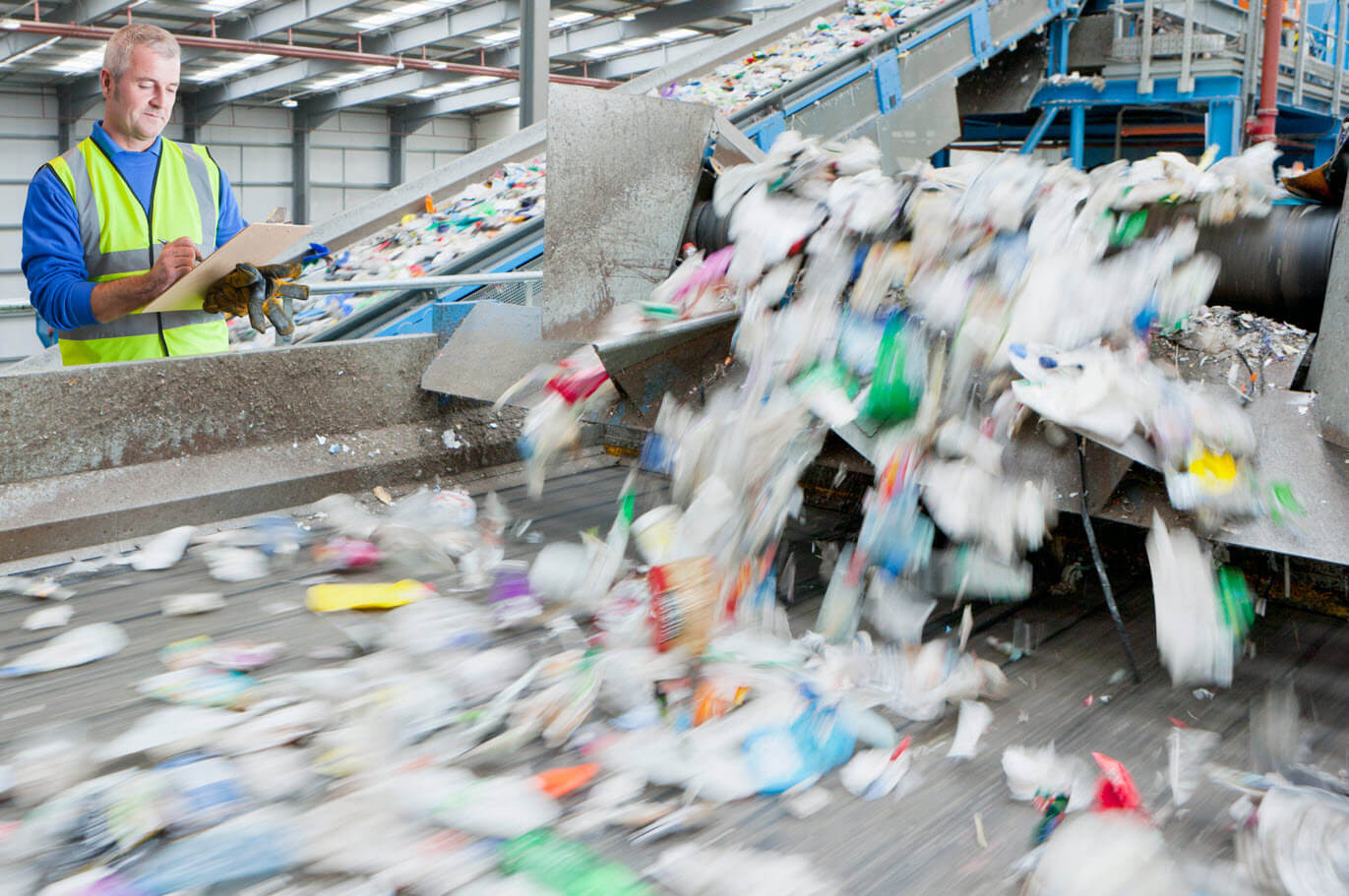Recycling fits perfectly in the strong urge towards a circular economy. Dedicated APIXA computer vision configurations enable organizations to recycle better and faster. Smart recycling of plastics, paper, wood, lamps, batteries, etc. create valuable material substreams for reliable reuse without posing health-related or environmental risks.
The challenges in recycling are huge and diverse. The input materials are often in a used state and possibly polluted. In addition, the material properties to probe may be very different. APIXA applies machine vision in combination with AI data processing to perform automated material identification based on shape, spectral signatures, density variation, etc.
As illustrated in the applications discussed below, APIXA uses cameras with dedicated sensitivities towards specific bands in the wavelength spectrum (e.g. RGB, hyperspectral, thermal, x-ray). Furthermore, the self-teaching solution configurations are designed to continuously improve their performance robustness. Also, these solutions reliably operate in harsh production floor conditions, facing dust and variations in temperature and humidity.
Lamp recycling
Efficient and robust lamp recycling heavily depends on the size and shape of the bulbs. Machine vision - including RGB cameras - and AI data processing help identify the different lamp types and potentially harmful chemical substances or gases. Lamps containing mercury, for example, need to be separated in order to follow a separate recycling stream.
Plastic recycling
A typical application in plastic recycling starts from small shredded plastic fragments transported on a conveyor belt. Hyperspectral camera and smart AI data processing can be applied to identify the main material each fragment is made of. Robust material-based sorting is essential for correctly feeding multiple parallel recycling flows.

X-ray peep inside
In some applications, it is worthwhile to take a look inside objects. APIXA also uses x-ray vision to acquire the material density distribution of bales of compressed plastic waste. AI data processing algorithms decide on 'go' or 'no go' for each bale along its path in the sorting process. The purpose is detecting human waste, metals, wood, textile presence or other substances inside the bales, in order to check if the bale meets the specific requirements for further recycling.
Check out the article about feasibility study we performed for Spectral Analyser for Recycled Plastics here.

Paper recycling
Collected used paper passes RGB and hyperspectral scanners to identify different classes of paper - such as magazines, newspaper, office paper, cardboard – for further processing. Certain AI data processing algorithms of APIXA are able to identify the material moisture content or the ink types present on the paper. Such information may additionally be taken into account as part of the grading process. Used paper carrying potentially harmful ink types may be excluded from further recycling processing.



